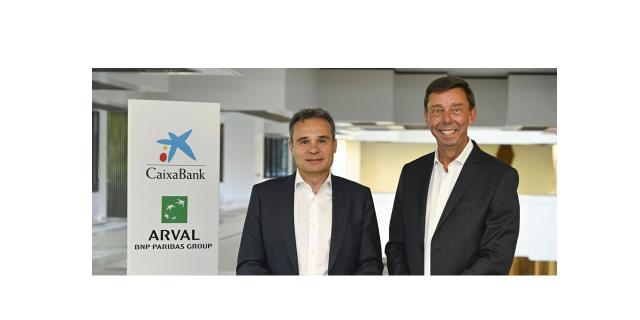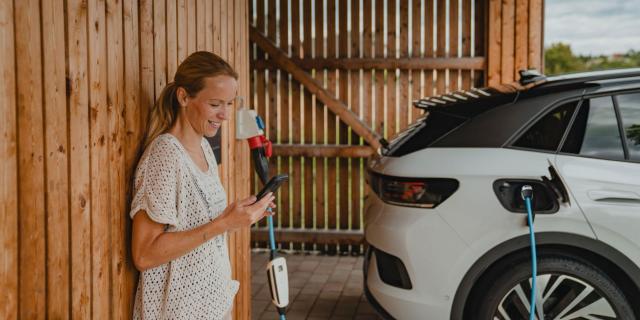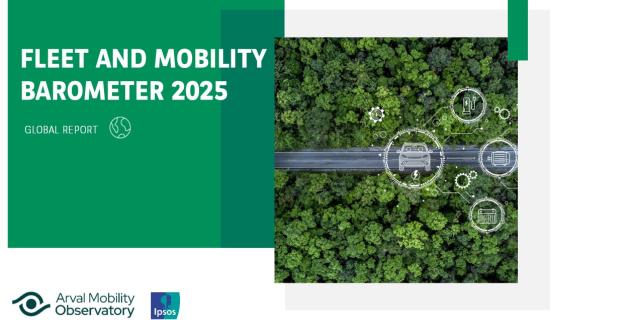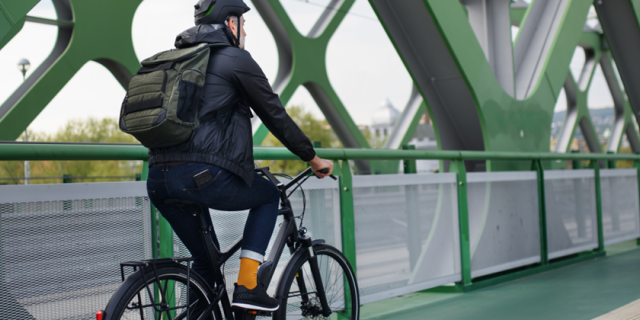HOW IS THE SMART APPROACH RECEIVED BY CLIENTS?
Earlier this year, Arval unveiled its new SMaRT methodology, designed to meet the challenges of business transport in an era of increasingly environmentally-driven decisions. Here, Arval’s International Business Manager working for the Arval International Business Office, Capucine De La Boulaye, talks about how the SMaRT approach is being received by clients and the results of its first practical implementation, which is now underway.
Why is SMaRT needed?
We are at a point when a lot of important factors affecting business transport have converged at almost the same time. Our clients are becoming more and more concerned about environmental issues and, concurrently, a whole range of new vehicle energy technologies are becoming available such as electric and hybrids. Also, new mobility solutions are starting to gain ground and there is a legislative pressure to reduce air pollution in many major cities.
It became clear to Arval that the existing consultancy methodologies were not sufficiently comprehensive to encompass all of these developments, so we began work on SMaRT.
How was the Arval SMaRT approach developed?
It took about a year and involved Arval Teams from across Europe and the globe. Really, it is a summation of the best of our current thinking. No other fleet management and mobility company has created a solution as sophisticated and focussed as SMaRT when it comes to working with international businesses on the future of business mobility, in my opinion.
What are the main issues that concern your international clients?
There are so many things they want to know at the moment – which manufacturers are offering different kinds of energy types and which is best for them? The impact of WLTP on costs? How do they handle access into cities that are introducing clean air regulations including last mile solutions? Are there alternatives to the car that might work for them? All of this and more.
Their thinking is really becoming much more advanced in CSR terms, with environmental concerns translating into ambitious targets regarding CO2 and NOX reductions. They want to know how Arval can help them reach these objectives.
Attitudes and objectives vary from territory to territory – for example, the Nordic countries are very advanced in their thinking on energy transition – but the advantage of SMaRT is that it is designed to work in all circumstances.
What is their attitude to mobility solutions?
For most of them, it is clear that the car will still form the core of their business transport for many years to come but they are certainly interested in the alternatives that now exist, including products that Arval have developed such as car sharing, Arval Mobility Link. They want to know about how these solutions will work in practice, their operational advantages and their likely impact on HR issues ranging from employee safety to benefits packages.
How are clients reacting to the introdution of SMaRT?
Very positively. They can see that this is a methodology designed to meet their developing priorities in a very professional and comprehensive manner. We are already in conversation with several major international clients about adopting SMaRT.
What results is SMaRT producing?
Our first major experience with SMaRT is now underway with a major French company that operates across many countries. Their objective is to initiate a transition to arrive at a new energy mix. This will include new car technologies but also mobility solutions such as car sharing and ride sharing alongside Arval’s employee lease product. All of this meant that SMaRT was perfect for them.
This initial trial covers three countries with quite different approaches to business transport, so it is a good test of how SMaRT works in different corporate cultures. We are now at stage four of the five stage process with them and, so far, SMaRT has worked exactly how we envisaged. It’s been especially interesting to look at driver behaviour in detail, which is an area that will be prominent in the future.
Soon, we will have the final results to present to the client and I am looking forward to this very much. It is the first big test of SMaRT in the real world.
What advice would you give to companies that want to engage in the kind of energy transition that SMaRT is designed to enable?
The key is to define clear targets and a roadmap related to mobility. Where do your priorities lie - cost savings? CSR? Employee care? Then, your transition needs to be supported by an authoritative executive sponsor and a dedicated team to ensure corporate support. It is all about identifying targets and creating the right structure to produce the best results.
What do you like best about SMaRT?
SMaRT reinvents business transport thinking for Arval. It allows us to think outside the box in a way that wasn’t previously possible. I’m really looking forward to seeing how it works for clients in the next few years. It’s very exciting.
What is SMaRT?
SMaRT – or Sustainable Mobility and Responsibility Targets – is a five step methodology designed to help Arval clients define and implement new energy transition policies as environmental issues become more and more prominent in the corporate world.
Step 1 - allows clients to define their future mobility and fleet ambitions, benchmarking against their peers as well as accessing advice from Arval consultants on their specific mobility, fleet profiles and potential strategies.
Step 2 - consists of assessing the current fleet against CSR-oriented key performance indicators in order to determine the right replacement strategies for each vehicle. Conventional reporting tools are used for this purpose, enriched with CSR data.
Step 3 - Arval has designed and developed a brand new SMaRT calculator, which combines driver profiling to find the best match with a powertrain type from an energy perspective, subsequently looking at CSR and Total Cost of Ownership.
Step 4 - is about opening the debate on alternative mobility options that could potentially work well for the client.
Step 5 - the final step of the cycle is about measuring progress achieved towards initial targets, allowing the set-up of transition roadmaps. It also means that the cycle can be repeated by returning to step one.













